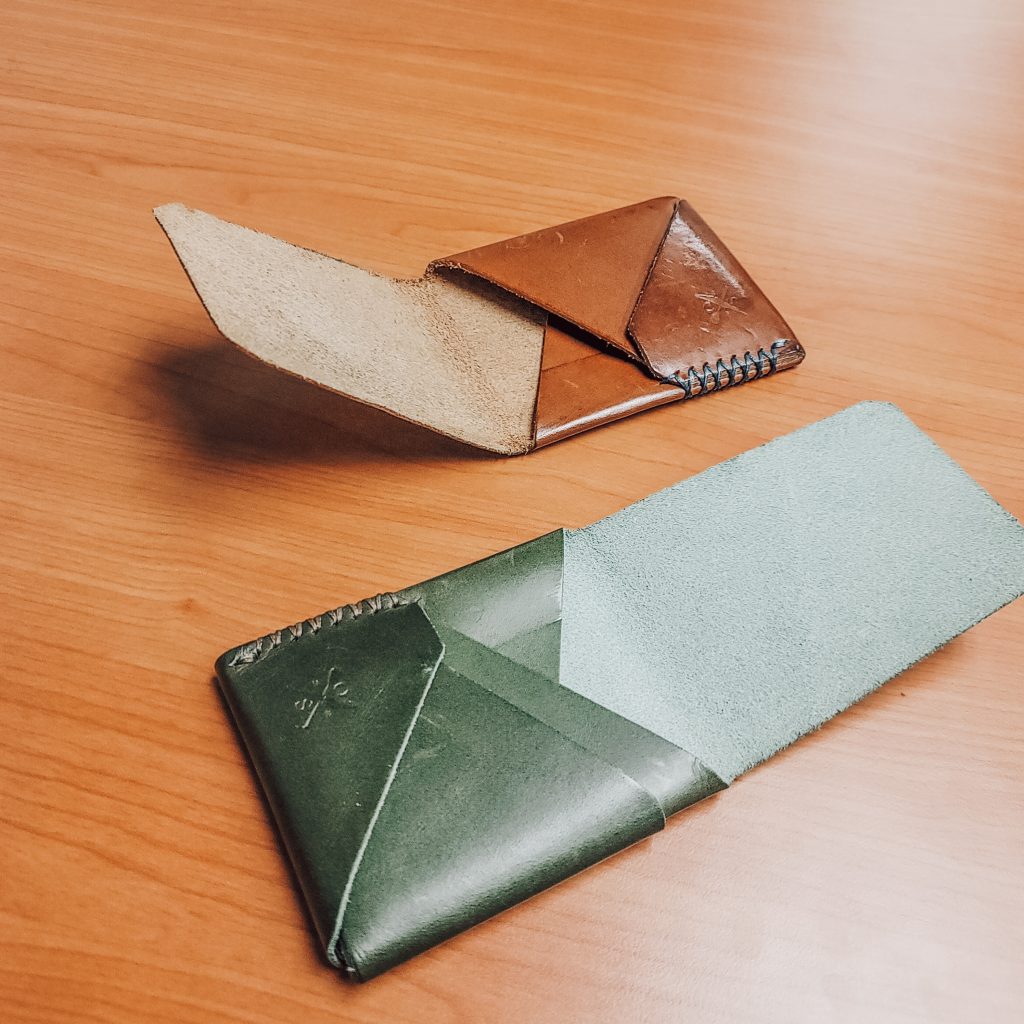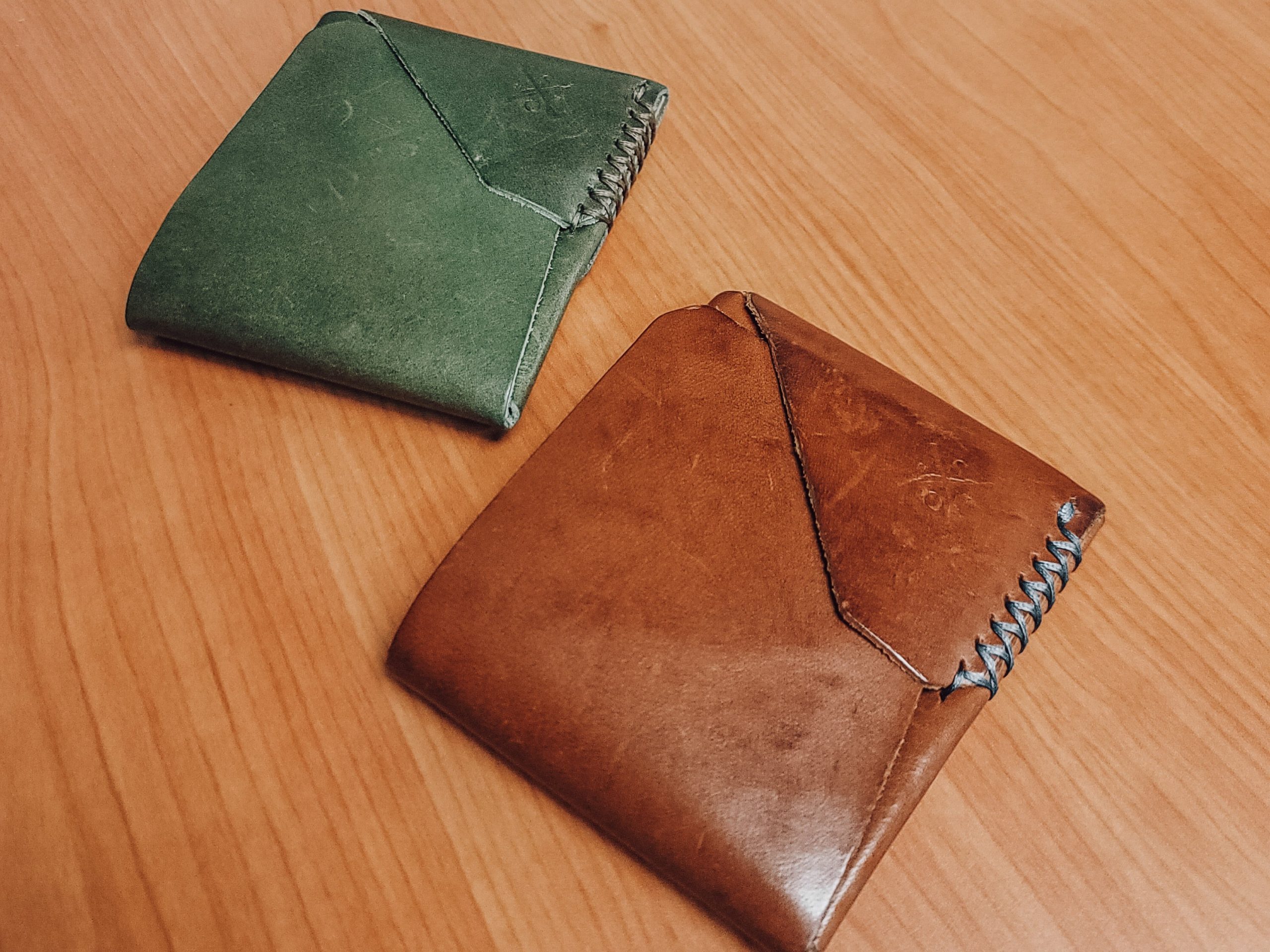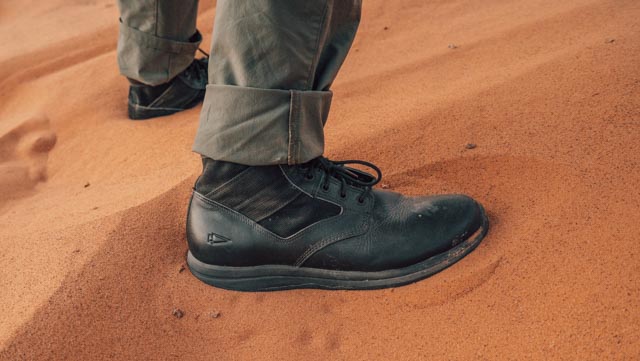
What’s up everyone! So I just went on a 26 day holiday to Indonesia. I spent half of my time in Java and the other half in Bali. Most of the time I spent in both locations I hired a scooter. During my stay here I ran into so many times where I was googling and searching for certain topics and couldn’t find anything related to them. With that being said I decided to write a post regarding these topics as well as additional information that will help you during your travels in Indonesia. If you ran in to different experiences, please let me know and I will be glad to update the post so that everyone is on the same page!
While in Bali, I stayed in many locations to include Seminyak, Sumberkima, Canggu, and Ubud. In Java I stay in Surabaya, Jogyakarta, somewhere near Mt Bromo, and the town/village next to the Ketapang port. At each place that I stayed, it was extremely easy to find places to rent/hire a scooter. Typically, you will see small shops that have sign’s that say “scooter/motorbike for rent.” If you don’t see any, you can ask the receptionist at your hostel and they typically always are able to point you in the correct direction or even call someone to bring a scooter for you to rent. The average cost that I have found for scooter rental has been 30K Rupiah to 70K Rupiah dependant on the location and the duration that you plan to hire the scooter. The longer you hire the scooter the cheaper it is.
Not everywhere is friendly when it comes to hiring scooter but most places are normally pretty nice. With that being said, when you first get the scooter you should do a thurough inspection to ensure that it is in good working order. Make sure the mirrors can move and stay in position, check the horn, the brake lights, the brakes (both front an rear), and the turn signals. Having a working horn and turn signals are crucial when riding in Indonesia, although a lot of foriengers tend to not use them. Get a helmet, always get and wear a helmet. You will see a lot of people not wearing a helmet, but safety is important and police will sometimes pull over foreigners for not wearing a helmet and extort them for money. Or they will just pull you over for being a foreigner. After you ensure everything is working make sure you take pictures of both sides of the scooter, especially if it has previously been dropped. Some places will try to tell you their scooter comes with insurance and that is why it is so expensive. It’s is up to you if you get insurance or not. I personally have never gotten it and I haven’t talked to anyone that has gotten insurance and dropped their scooter to see if they had to pay or anything.
One thing to take into consideration, is that when hiring a scooter in Indonesia it will typically not be full with gas/petrol. 90% of the time you will have to get Petrol. Petralite or Petramax are the two types of fuel that you should put into the scooter. Gas is abundant and easy to find. In the villages and city, if you cannot find a petrol station, you will see little stands with glass absulut vodka bottles filled with a blue liquid. The blue liquid is petrol and costs 10,000 Rupiah a bottle. This bottle should be enough to get you to a station. Beware that typically these bottles are watered down and will make your scooter hard to start if you rely only on that for fuel. If you have a quarter tank of gas left, you can typically fill you scooter up at the petrol station for 30K-40K depending on the tank size. There are also little portable carts parked in the cities and villages that you can fill up at too. These are also typically watered down and farely more expensive than the typical petrol station, so if you absolutely need gas I would only put in 10-15k in order to make it to the next station.

When pulling into the petrol station there will be locals work the station. The process of getting gas is extremely easy. Each fuel pump will say what the fuels are that it has, You will then pull up to the one you want, stop or wait in line, then turn off your scooter, open the seat, and hand the local the amount of rupiah for the gas to be filled. They will then pump your gas for you. Make sure you take off your own gas cap, a lot of times they will not take the cap off for you. Once they are done filling the tank, put the cap on and push you scooter forward to get out of the way for the next person to get gas. You can then close your seat, sit down, and start your scooter back up, and head off to what ever location you plan to go to continueing your trip.
Lets discuss driving rules and mannerism in Indonesia. Here in Indonesia you will drive on the left side of the road. I don’t know if it is legal to turn left on red lights. Typically, if other poeple are turning left on a red light I will just follow along, if not I will wait until it is a green. It seems in Java at night people just blow through red lights, so ensure that you are being vigiliant when driving so that you don’t get hit by a vehicle. If the car in front of you has their hazard lights on, it means they are going to stop. Turn signals do not mean that they are turning. Typically, the turn signals mean that they are passing the person, or there is a vehicle or something in the way ahead and they have to move over a little bit. People honk at you non-stop. The honking is typically telling you where they are at or that they are passing you. Beware of stray dogs, they hang out on the side of the road. You can honk at them to get htem to move. There are a lot of pot holes everywhere, if you are paying attention and its just you on the scooter, you can just lift your bum up a little bit, shifting your wieght to your feet, cushening the bump to get past it. I’ve done this several times when traveling at a higher rate of speed and unable to maneuver left or right. I would recommend practicing this at slower speeds as it as a valuable skill to have.






 My shoe of choice is either my MACV-1 boots by Go Ruck or my black and gum Ballistic trainers by Go Ruck. I own two pairs of MACV-1; one pair that I wear at work that are tan leather than the black ones pictured here. I also have a pair of Nike air prestos that I wear quite often too.
My shoe of choice is either my MACV-1 boots by Go Ruck or my black and gum Ballistic trainers by Go Ruck. I own two pairs of MACV-1; one pair that I wear at work that are tan leather than the black ones pictured here. I also have a pair of Nike air prestos that I wear quite often too.


